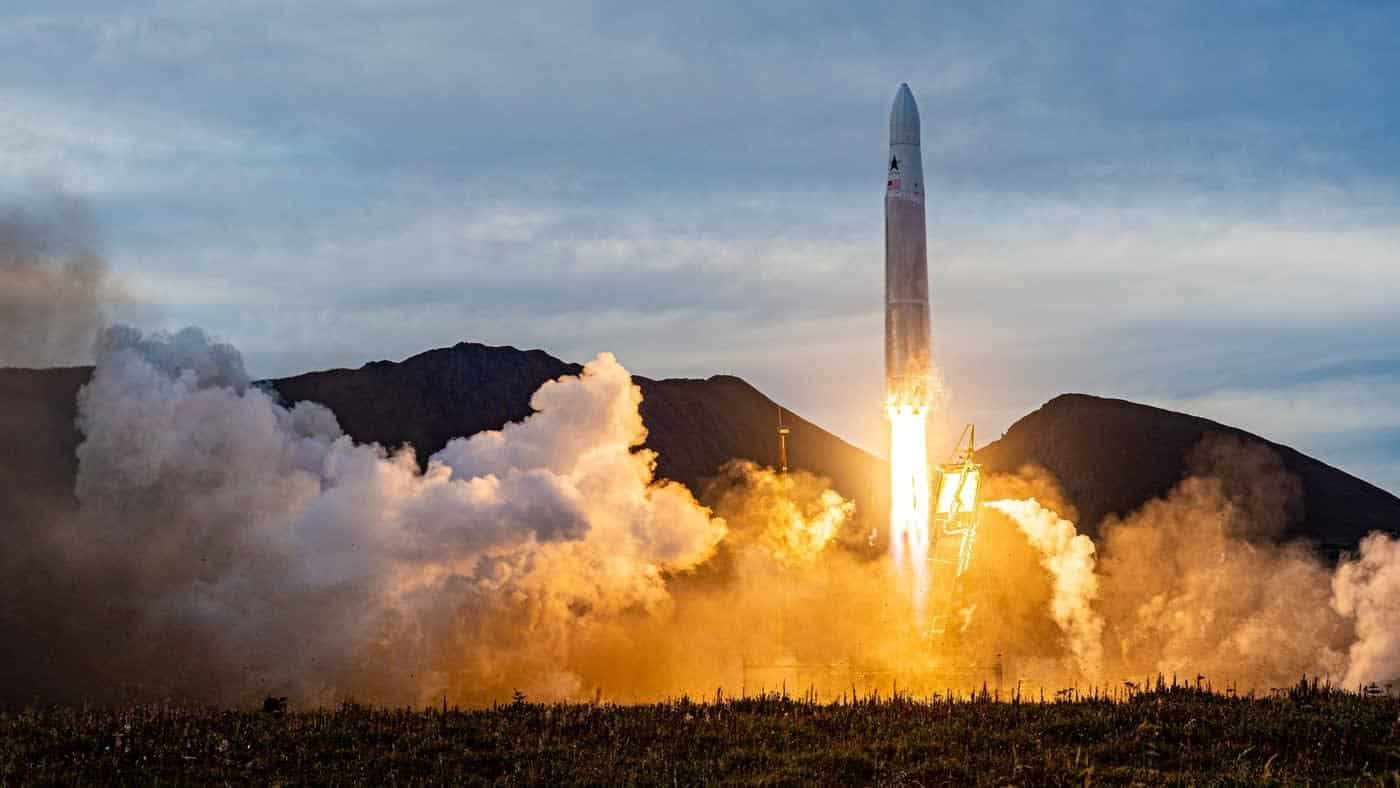Rocket builder Astra returned to flight with a successful orbital mission Tuesday, despite a momentary hiccup. The company’s shares swung wildly during and after the launch.
Astra’s rocket LV0009, carrying three customers’ satellite payloads on a mission for launch services company Spaceflight, took off from Astra’s launchpad in Kodiak, Alaska.
After the rocket reached orbit, the company was unable to immediately confirm a successful deployment of the satellites, sending the stock down as much as much as 9% before Astra CEO Chris Kemp ultimately announced a successful mission, about an hour after liftoff.
“The payloads have started to communicate with ground stations. Our customers are calling us and indicating that satellites are alive – they’re talking, which means they’ve been successfully deployed. The flight was nominal,” Kemp said on the company’s webcast.
Astra stock traded with heavy volume after the mission, following a brief trading halt, with the stock repeatedly bouncing to ultimately finish the day slightly lower at $3.49 a share. The stock experienced trading volume more than triple its daily average, according to FactSet.
The company’s mission on Tuesday was its first attempt to return to flight since the mid-launch failure of its LV0008 rocket on Feb. 10. Astra’s investigation into the LV0008 mission found an electrical issue that prevented the rocket’s payload from fully deploying, and a separate software issue that caused the rocket’s upper stage, the section responsible for delivering satellites to orbit, to tumble.
Before launching Tuesday’s mission, Astra announced it implemented corrective actions to both the design of the rocket’s fairing as well as its software.
Astra’s vehicle stands 43 feet tall and would be considered a small rocket in the broader market. Astra’s goal is to launch as many of its small rockets as it can — aiming to hit a rate of one rocket per day by 2025 — and drop its $2.5 million price point even further.
The company went public last year after completing a SPAC merger, raising funds to build out production of its small rockets, expand its facilities in Alameda, California, and grow its spacecraft and spaceport business lines.
Astra’s valuation has been slashed over the past three months, with shares battered alongside other space growth stocks.

